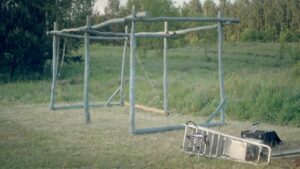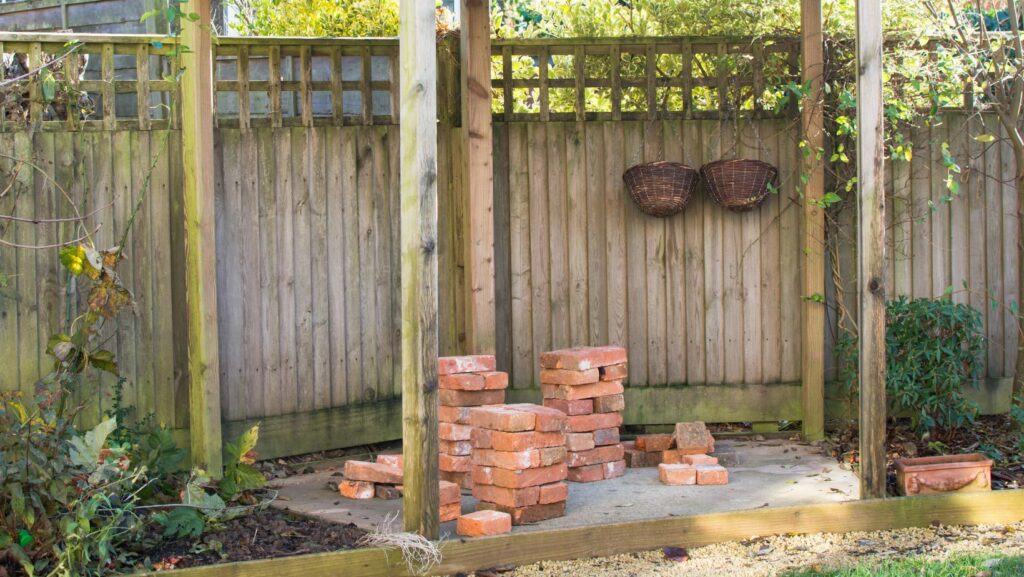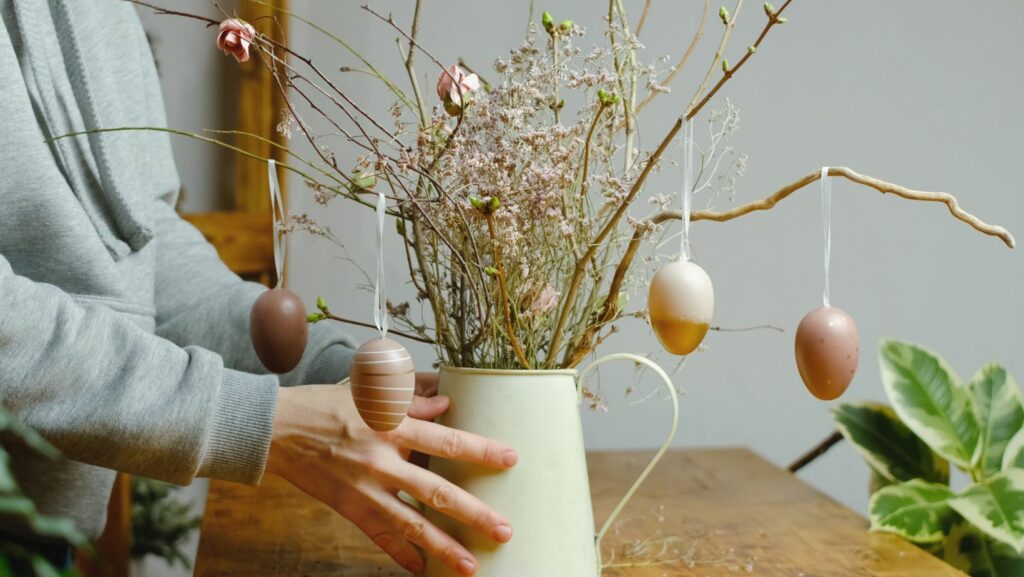Looking to transform your outdoor space into a blooming paradise? You’re in the right place. This article explores a range of DIY garden projects that’ll turn your yard into a haven of tranquility and beauty. From small, simple tasks to more ambitious creations, there’s something to inspire every green thumb.
DIY Garden Projects

DIY garden projects offer multiple benefits, extending far beyond mere aesthetics. Engaging in such activities bears therapeutic value, acting as a natural stress-reliever. Gardening stimulates their physical ability, contributing to healthier habits. For instance, regular tending of a garden strengthens muscles and improves hand dexterity.
Moreover, DIY garden projects encourage sustainable living. Through composting organic waste or collecting rainwater, it fosters an eco-friendly lifestyle. For instance, reaping the benefits of growing your own fruits, vegetables, and herbs, ensures fresh, organic produce right in your backyard.
Lastly, these projects provide an opportunity to boost creativity. Designing gardens, choosing plant combinations, or creating garden accessories stimulate the creative mind. For instance, crafting a DIY bird bath or planter adds a personalized touch to the garden. Hence, DIY garden projects offer multipronged benefits – physical, environmental, and creative.
Popular DIY Garden Projects to Consider
Let’s delve deeper into specific DIY garden projects, going beyond general benefits and sustainability practices. One project of interest includes constructing a Raised Garden Bed. It’s an excellent choice for novice gardeners, providing ease of maintenance, improved soil conditions, and better pest control. Opting for a Vertical Garden can be a savvy decision for those tackling limited spaces, transforming plain walls into lush green cascades with a variety of small plants like succulents.
Birdhouse Building presents a delightful and engaging project, promoting local fauna while adding a charming touch to your garden. Crafting your own Composting System serves a dual purpose – it’s a valuable resource for enriching the garden soil, and it supports recycling kitchen and yard waste, reducing the household’s ecological footprint. Plant enthusiasts can consider DIY Planters, an outlet for creative expression, using varied materials such as concrete, wood, or repurposed items.
Necessary Tools and Materials for DIY Gardening

Following the exploration of appealing DIY gardening projects, it becomes imperative to understand the essential tools and materials. First, the trowel, an instrumental tool for digging, transplanting, and smoothing soil, demonstrates its utility in a variety of gardening activities. Second, the pruners, critical in maintaining plant health, enable precise cutting of branches, stems, and foliage. Next, a travail spade, suitable for hardened earth and trench digging, proves beneficial especially during heavier tasks. Lastly, a watering can, crucial for plant sustenance, assures the provision of essential hydration to the plants.
Parallelly, engaging in woodworking projects demands certain materials. Foremost, untreated lumber, used for creating raised bed gardens, planters, and birdhouses, becomes a fundamental aspect of DIY gardening. Then, wood screws, necessary for securing the wood pieces together, assure sturdy constructions. Furthermore, a roll of wire mesh, often required in constructing compost bins and vertical gardens, offers vital functionality. Finally, garden soil, compost, and organic mulch, essential for nourishing plants, assure a prosperous and blooming garden.
Planning and Executing Your Garden Project

Successful execution of a DIY garden project stems from thorough planning. Initially, individuals must determine the garden’s purpose. For instance, is it a vegetable garden designed to yield fresh produce, or an ornamental garden enhancing the aesthetic value of their outdoor space? Secondly, potential gardeners must assess the area available and decide on the garden layout. It’s advised to consider factors such as sun exposure, irrigation, and the compatibility of chosen plants. It’s also essential to sketch the design, noting where each plant or garden feature goes to visualize the outcome better.
Following the planning phase, individuals proceed to the execution phase. Here, they accumulate the necessary tools and materials identified in the planning phase. Gardeners implement appropriate gardening methods, ensuring plants are adequately spaced, and pay vigilant attention to irrigation needs. Patience plays a vital role here, as plants require time to grow and flourish.



